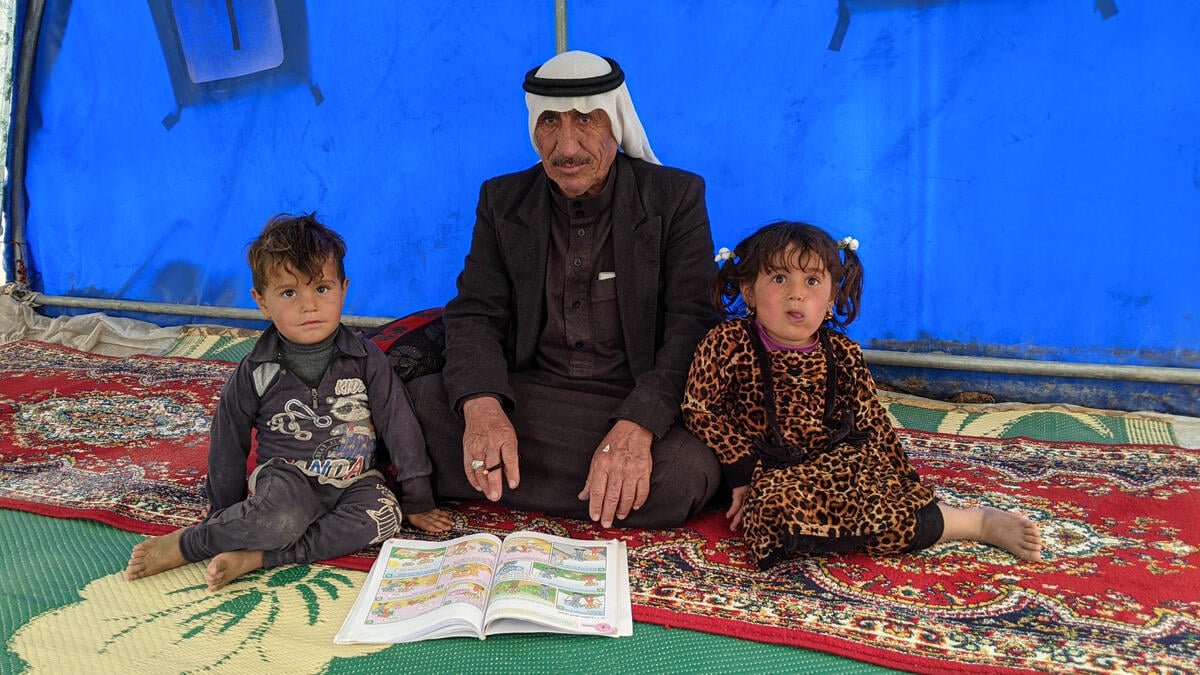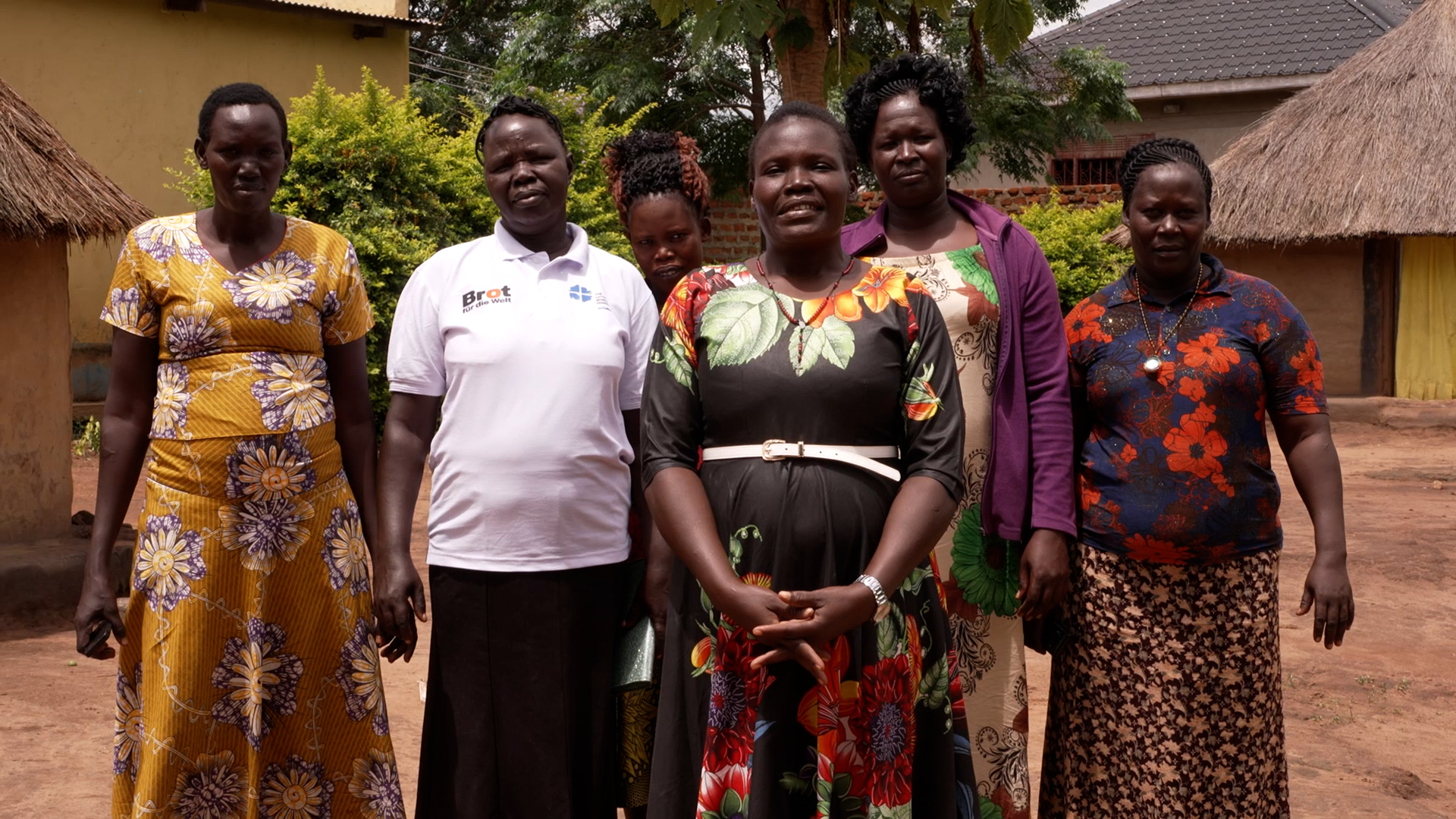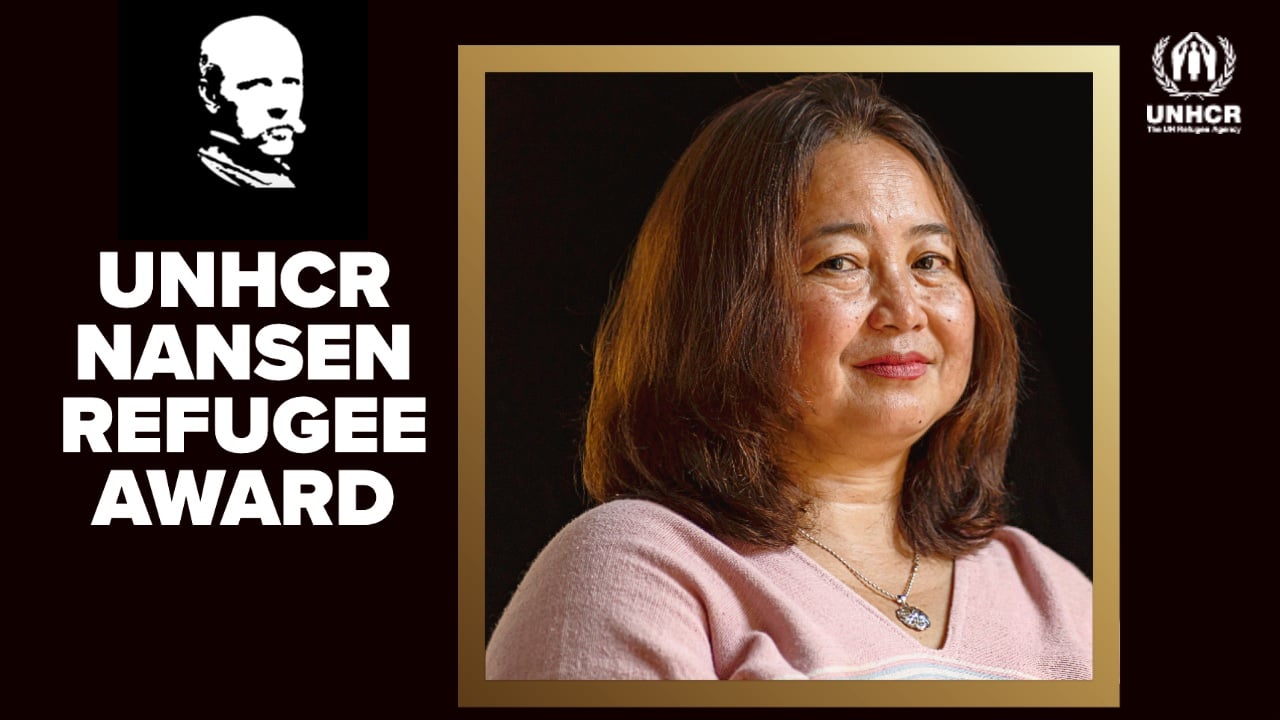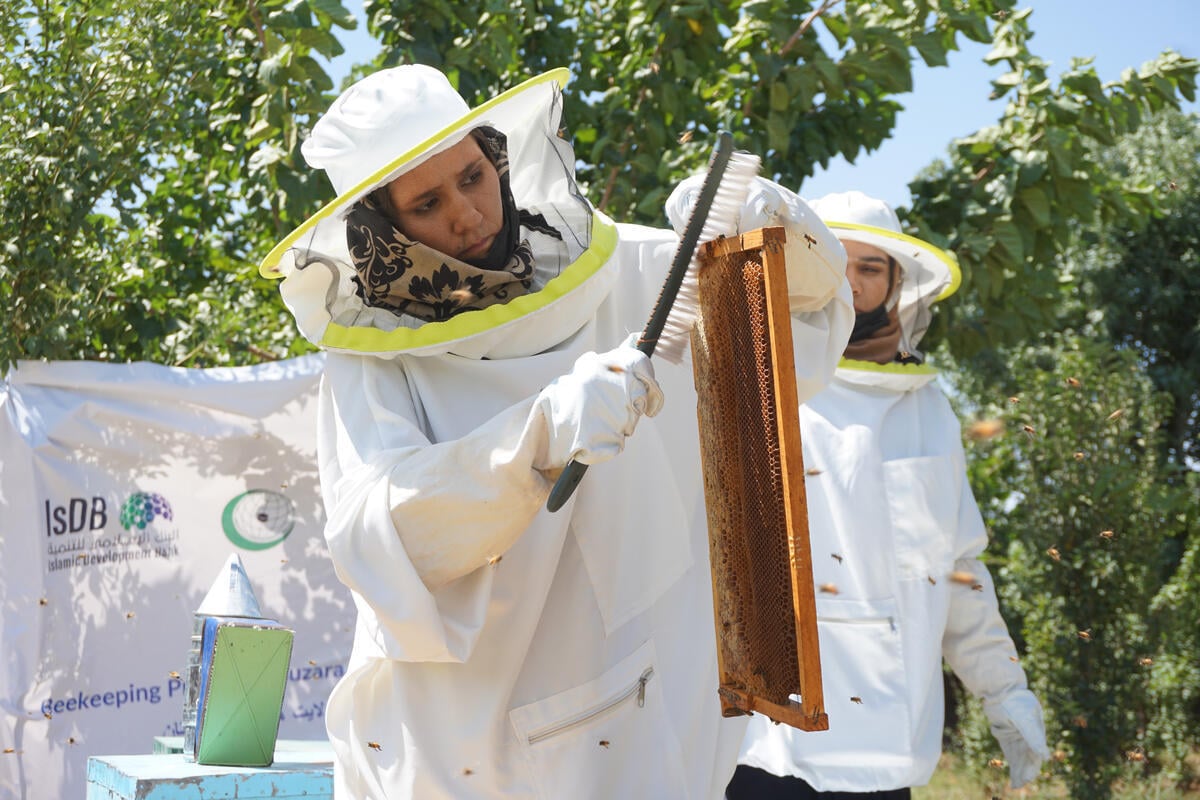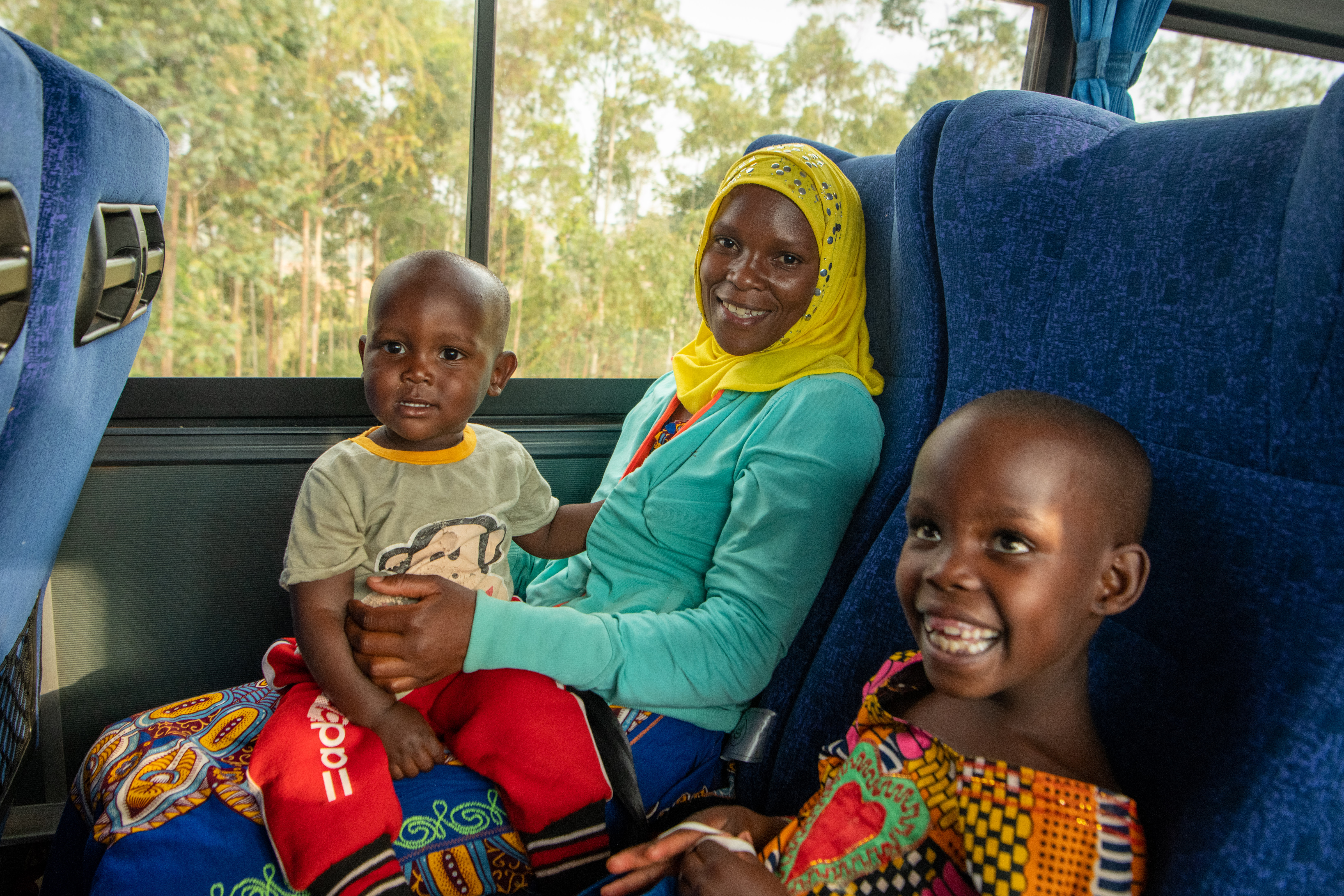Returning Iraqis face dire conditions following camp closures
Returning Iraqis face dire conditions following camp closures
When 68-year-old famer Dahi finally returned to his village after spending more than three years in a camp south of Mosul for Iraqis who fled ISIS militants, his homecoming was far from the joyous occasion he had long imagined.
At the end of last year, the authorities announced the closure of Salamiyah camp, giving Dahi’s family and others just days to pack their things and return to Risala village near Iraq’s northwestern border with Syria. On arrival they found widespread destruction to homes and infrastructure including the small local school.
“We found it in ruins. It was abandoned, left for three or four years,” Dahi said. “The houses here are built from mud, if you leave a mud house without maintenance for a period of time it will collapse. We saw several houses that had collapsed.”
"We need help."
The immediate challenge facing the villagers was how to provide for themselves, being unable to grow crops due to a lack of agricultural materials and equipment and without jobs or alternative sources of income. Even securing water was a major challenge, having to rely on costly deliveries by truck that were often impossible when the only dirt road into the village became a quagmire following winter storms.
The precariousness of their situation was tragically revealed when a next-door neighbour’s three-month-old daughter became feverish, and their attempts to reach the nearest town with a hospital 12 kilometres away failed after their vehicle became stuck attempting to navigate the swamp-like road.
“My neighbour Abdulhadi, his infant daughter fell sick and because he couldn’t reach a hospital due to the road, she died,” Dahi explained.
More than 6 million Iraqis were forced to flee their homes when ISIS militants took control of large swathes of territory in 2014. Some 4.8 million people have since returned home, but more than 1.2 million remain internally displaced.
Of those still displaced inside Iraq, some 250,000 were living in camps, where conditions are basic but essential services such as shelter, schools and health care were provided by UNHCR, the UN Refugee Agency, and its partners.
In October 2020, the Iraqi government announced the sudden closure of 13 camps, affecting more than 34,000 residents, with more camps closing in the following months. While voluntary return to their area of origin is the preferred outcome for most, many of those affected by the decision to close camps must now contend with destroyed properties and infrastructure, insecurity and a lack of jobs.
UNHCR has raised its concerns with the government, stressing that some of the closures were conducted without adequate notice and consultation with camp residents.
Following a recent assessment, UNHCR is now working to pave the road linking Risala village to the nearest town and will also rehabilitate the local school and teachers’ guesthouse.
But the future remains uncertain for Dahi and the 300 other families living in Risala, with drought now threatening their ability to feed themselves in the coming months.
“Our living conditions are very difficult. Our source of income is farming and this year due to drought we have no crops,” Dahi said. “We need help. No one can live on thin air alone.”
Other Iraqis affected by the camp closures face a similar struggle. In Tabouqa village southwest of Mosul, 37 families arrived home at the end of last year following the closure of Hamam al Alil camp, only to find a jumble of ruined buildings and a village devoid of even the most basic services.
One resident, 48-year-old Abdelwahed, described the situation facing him and his young family as desperate.
“My children are still young and should be in school, but they are not, because we have no school in the village,” he said. “If someone needs to see a doctor, we have to drive for hours through muddy roads to reach a hospital. In the camp we used to receive kerosene, we had a school and healthcare.”
"We don't know how to start again."
The situation has left Abdelwahed and other villagers yearning for an alternative that previously would have seemed unthinkable.
“We all are on the same sinking ship. No one wants to stay in our damaged village,” he said. “I wish we could go back to the misery of the camp. At least it was better than living here,” he said.
“We don’t know how to start again,” Abdulwahed continued. “We have spent all the money we had. We need financial support to buy agricultural material and machinery … so that we can start rely on ourselves to rebuild our lives, our farms and village again.”

